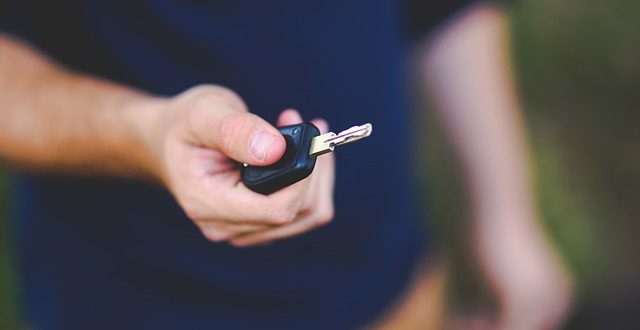How to Buy a Used Car
When buying a used car, there are several things to consider. Start with prioritizing your needs, make sure that your car is functional, and then find a make and model that fits your budget. After you’ve decided what’s most important to you in a car, it’s time to hit the streets.Used Car Buyer’s Guide
Whether you choose to use a service like Carvana, search through classifieds, or walk through lots at the dealership, you’ll want to keep your budget and needs in perspective. And of course, you’ll want to make sure that the car you’re buying doesn’t have any hidden damage. When you’ve found a prospective car, you’ll want to take precautions to protect yourself from buying a lemon. First, you’ll want to determine the car’s actual value by entering its information into a service like Kelley Blue Book. This will give you a base amount that you should be paying for the car–assuming it doesn’t have any other issues.What to Look for when buying a Used Car
After you have an idea of the car’s worth, you should get a vehicle history report. If a history report has little or no information–this should be a red flag. Once you’ve done that, you can take it for a spin. When you test drive your car, make sure to walk around the vehicle and check for any signs of visible damage–especially rust. If you want to be extra careful, take the car to a trusted mechanic to check for damage that won’t be visible to the unskilled eye. Potential Deal Breakers- Rattling when changing gears is a sign of a transmission problem.
- A loud popping or banging sound can mean an engine problem.
- Vibrating or shaking when driving, idling, or braking can mean a multitude of problems–some serious, some easily fixable. If your car is shaking it’s best to have it inspected by a mechanic.







